By Rick VanSickle
It was an epiphany of sorts, the kind of a-ha moment that starts on a golf course, moves to the barrel cellar and takes off from there. Let me explain.
Peter Rod, program coordinator and professor of wine programs at Niagara College, and Kevin Panagapka, winemaker/owner of 2027 Cellars, were enjoying a nice round of golf last year at Peninsula Lakes, as they often do, when the subject of wine came up, as it often does. But this particular time Rod’s curiosity was piqued when Panagapka told him about one certain barrel he had percolating away in the cellar.
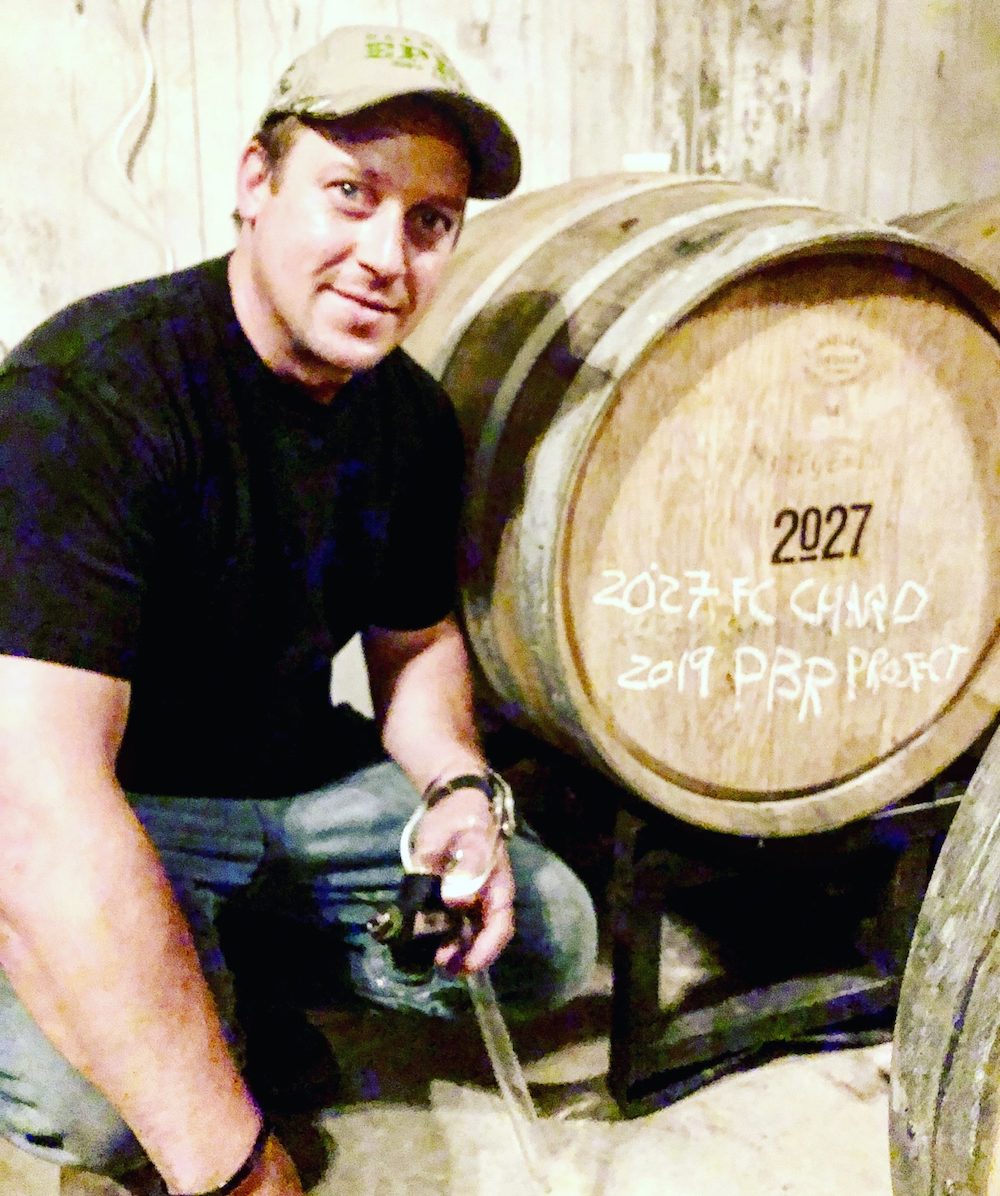
When the round was finished, the two bolted down to Calamus, where 2027 Cellars has a retail store and where his wines are made, to taste a bunch of barrel samples and finally the “special” barrel Panagapka had referenced. “We tasted a bunch of stuff,” Rod recalled. “And then we tasted a sample of Wismer Foxcroft and I nearly (insert bad word here) myself. You’ve really got something here,” he said.
“When we first sampled the wines in Kevin’s cellar, he poured me samples of the Wismer Foxcroft from first use Damy Nevers and it blew my mind. I suggested it was a wine that could easily stand alone at an ultra-premium price point, said Rod. “He then poured me a sample of the same wine from first use Damy Alliers and I got even more excited — (another bad word here) my pants for the second time — and we started talking about a super premium blend that would combine the best of the two. Kevin, in his first try, blended 25% of the Damy Alliers, 25% of the Damy Nevers, and 50% neutral French (think it might have been Francois Freres) and it was exquisite. Complex and yet nuanced. So pristine and clean with waves and waves of depth. He and I were both excited about the potential and he agreed we should do this. Then we got talking about the college connection.”
Panagapka is a Chardonnay/Pinot specialist who has used only a maximum of 20% new French oak in all his wines, but he agreed with Rod that a departure with more wood from his preferred coopers just might work.
Thus was born the 2027 Cellars Wismer Vineyard: Fox Croft Block ‘The Project’ Chardonnay 2019. The fruit was harvested from the Fox Croft Block of Wismer Vineyard on the Twenty Mile Bench and was cropped at just 2.2 tones per acre. The grapes were hand-harvested and whole bunch pressed. Fermentation took place in Burgundian oak barrels over three months and the wine aged in Burgundian oak (50% new) for 18 months before being bottled. The wine has six months of bottle aging before being released. Panagapka chose two of his favourite barrels for The Project, Damy (Nevers), three-year air dried with medium toast, and Damy (Allier), three-year air dried with medium toast. Up to this point, Panagapka had never used 50% new oak in a bottle of wine with his name on it.
When Rod tasted what Panagapka initially called “The PBR Project,” after Rod’s full name (Peter Bodnar Rod), he said, “You did it. Good acid, stoniness, chiseled character. Let’s take it one step further. I’ll get the students involved. This could be a capstone, a major project for the students.”
Panagapka was thrilled with the idea of getting Niagara College students involved in The Project and the wheels were in motion for a student-led approach to bringing a new and exciting wine into the world with great fanfare.

A capstone project is a multifaceted assignment that serves as a culminating academic and intellectual experience for students. At Niagara College, it’s one-year Graduate Certificate Wine Business Management program, now the Beverage Business Management program, of which this capstone is the crowning achievement for the students. Rod brought in Matt Loney, the co-ordinator for capstone projects at Niagara College. “At the capstone project’s core,” explained Loney, “students were tasked with the primary goal of advising a winery on the creation, packaging/branding, marketing and ultimate launch program of a new wine. Above and beyond this, students were expected to additionally focus on how this new product could be used to elevate the brand overall, gaining access to new market segments and building consumer awareness of 2027 Cellars.”
The students were encouraged to focus on elements both broad and narrow in scope, said Loney. “For example, narrow being the specifics of the label and brand name, creating ad creative, etc. and broad about expanding the brand concept over time and future planning for this line of wine(s) over subsequent vintages/releases.”
The college wanted to give the students options and flexibility for where they wanted to take the project over the semester above and beyond the core deliverables.

“I think what set this year’s capstone project apart from its predecessors is that students were challenged with a client’s (winery) project in real time; working simultaneously with 2027 to help bring a new product to market while elevating the winery brand overall in the consumer marketplace,” said Loney. “This wasn’t a theoretical project, it was something that was actually being developed by the winery while students were working on it.”
It was a daunting task considering the current realities. “Attempting all these operations in the era of a pandemic added even further layers of complexity, forcing the student groups to develop COVID and non-COVID contingencies depending on how the marketplace was managing with the virus,” said Loney. “I don’t think a project can get more real-world than what they were tasked with this year, and to me it made an excellent template for applied learning, which I believe is one of the most valuable educational experiences a student can receive.”
While the students were racing to meet their Niagara College deadlines, Panagapka had critical decisions to make on his own. The wine was ready to be bottled and he needed a name, label and marketing to think about. For the debut wine, the hard work of the students and the timeline Panagapka was working toward did not match up, so an in-house label was created for The Project, a release date for the wine chosen and the wine is being introduced into the world without Panagapka having time to implement the ideas submitted from the capstone project.
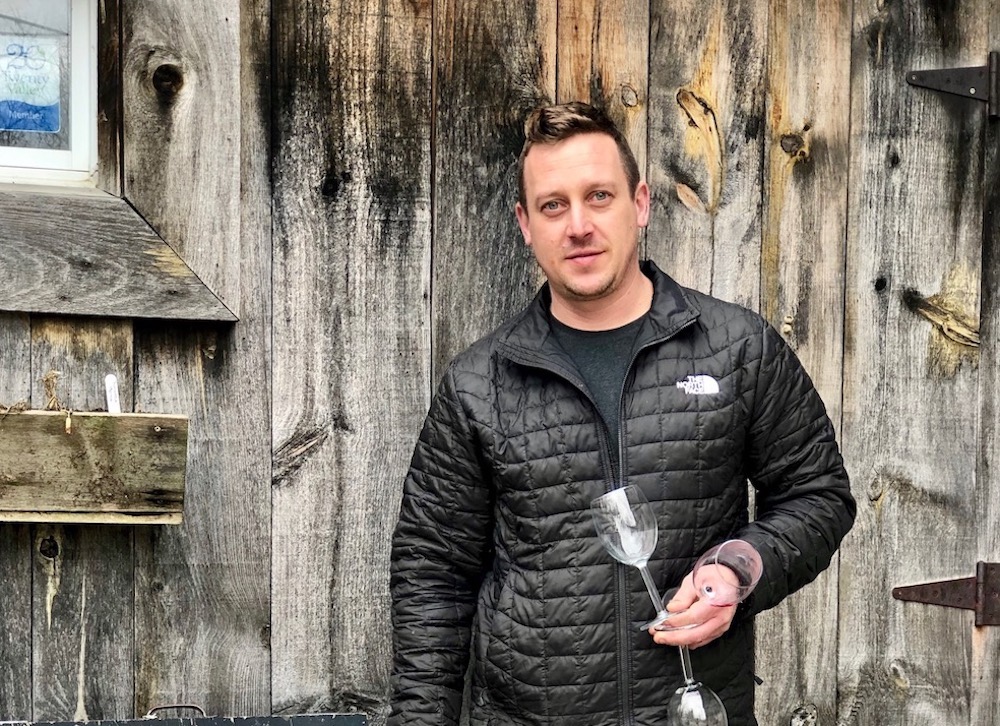
“The Project perfectly showcased the complexities of releasing a new wine to the market in real time for both 2027 Cellars and the Niagara College students,” said Panagapka. “There are a lot of moving parts for the release of a new label. Timing, labels, bottling date, bottle age, how long to age in barrel, oak profile etc. The Project was a great example of ‘real time’ marketing, branding and release of the product. Realistically, The Project probably should be in perpetual development, as one class could implement ideas in one semester and the next class could pick up on what the previous class came up with.”
Panagapka said that the struggle, of course, is that the semester timelines don’t always meet the reality of time. “I think it was beneficial for the students to think through the process as a whole and come up with a plan that made sense to them. The implementation of those ideas into an actual product designed by the students realistically would take an entire year (or more).
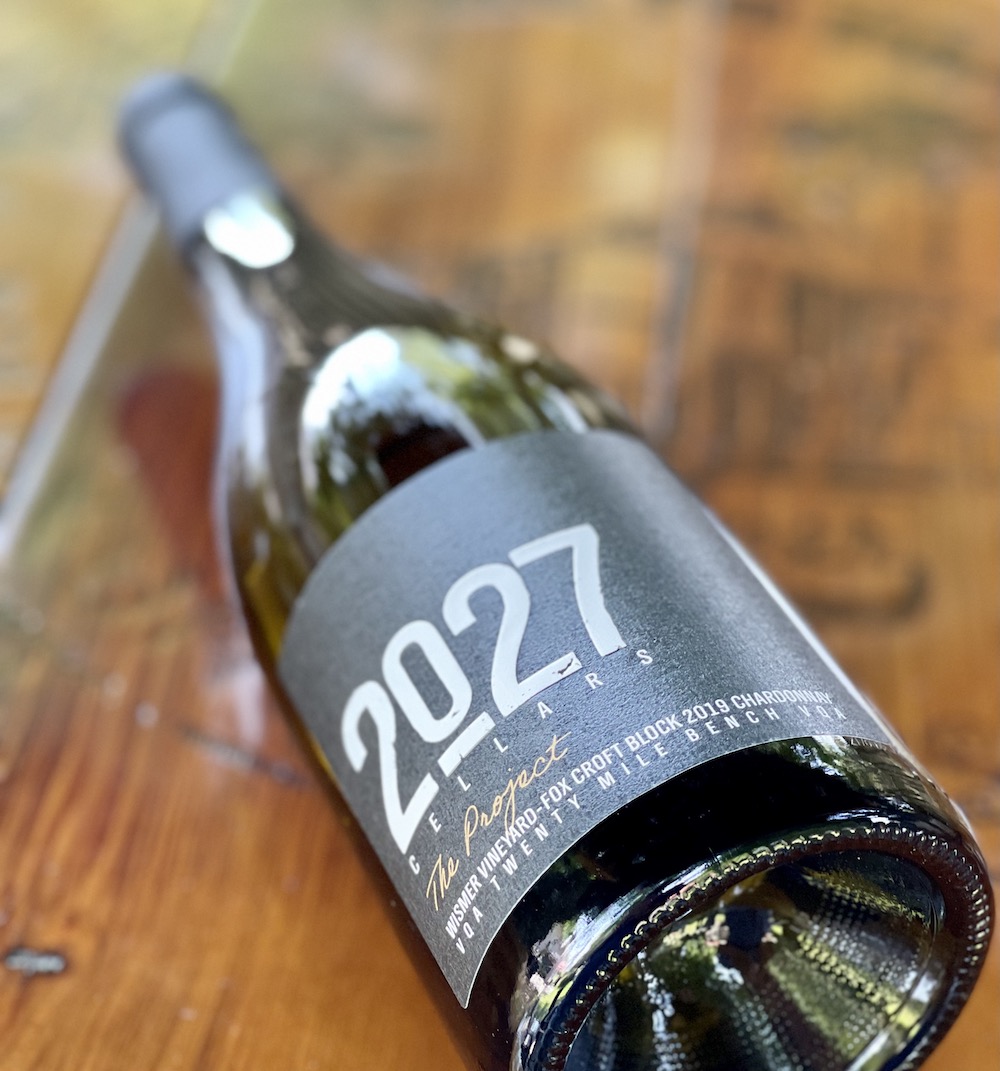
“The Project was born as an idea, let’s get a class to think about the full scope of producing, marketing and releasing a new label into the market. The Project as a reality, was getting the wine labeled, blended and bottled to be released through 2027 Cellars (in September).”
2027 ended up with the branding on the label to match their current wines (although they flipped the colour to black with a white logo). “I think The Project was a fantastic start for the students to start thinking about creating their own label.”
Panagapka has looked through the comprehensive and innovative ideas submitted by the students and plans to implement many of them with the next release of The Project.
Wines In Niagara’s small role
Full disclosure: This website played a small part in The Project. Aside from tasting the wine in its early life in barrel and following its progress, we also offered the capstone project this site for advertising the wine (free of charge) and provided specs for the ads for students to create the ads for the space allotted. Because the timelines didn’t match, and 2027 Cellars had to move forward with its own label and advertising, the students’ ads did not run for this debut wine. The advertising offer stands for the next release of The Project or whatever it will be called in the future.
We are in full support of Niagara College and Brock University, and like to help them whenever we can. Both are important institutions in our community and are creating the future superstars of the Canadian wine industry.
The wine

In October of last year, I got a sneak peek at a secret batch of wine Panagapka was calling the “PBR project,” named after Peter Bodnar Rod. It was two barrels of Chardonnay he sourced from the Foxcroft Vineyard on the Twenty Mile Bench and aged in his finest French oak (50% new). Even in its infancy in barrel it was a killer wine with the more overt, yet elegant oak nuances bringing a new dimension to his carefully curated terroir-driven Chardonnay collection.
The Fox Croft block of the Wismer Vineyard is located on the corner of Victoria Avenue and Moyer Road in Vineland. Fox Croft tends to be slightly warmer due to lower elevation on the bench. The final wine was blended at 50% new oak (25% Damy 3-year air dried, Never), (25% Damy 3-year air dried, Allier) after 12 months the wine was returned to two neutral barrels for an additional 6 months for integration.
Zoom ahead to August of this year. Sitting on my front porch with Rod, I had poured the tightly wound Chardonnay into an open top decanter and chilled it in the fridge for three hours prior to tasting. We swirled and swirled as it slowly warmed and opened up.
“It has structure and intensity,” exclaimed Rod. “It’s nuanced and layered. It will grow and become more complex in the coming years.”
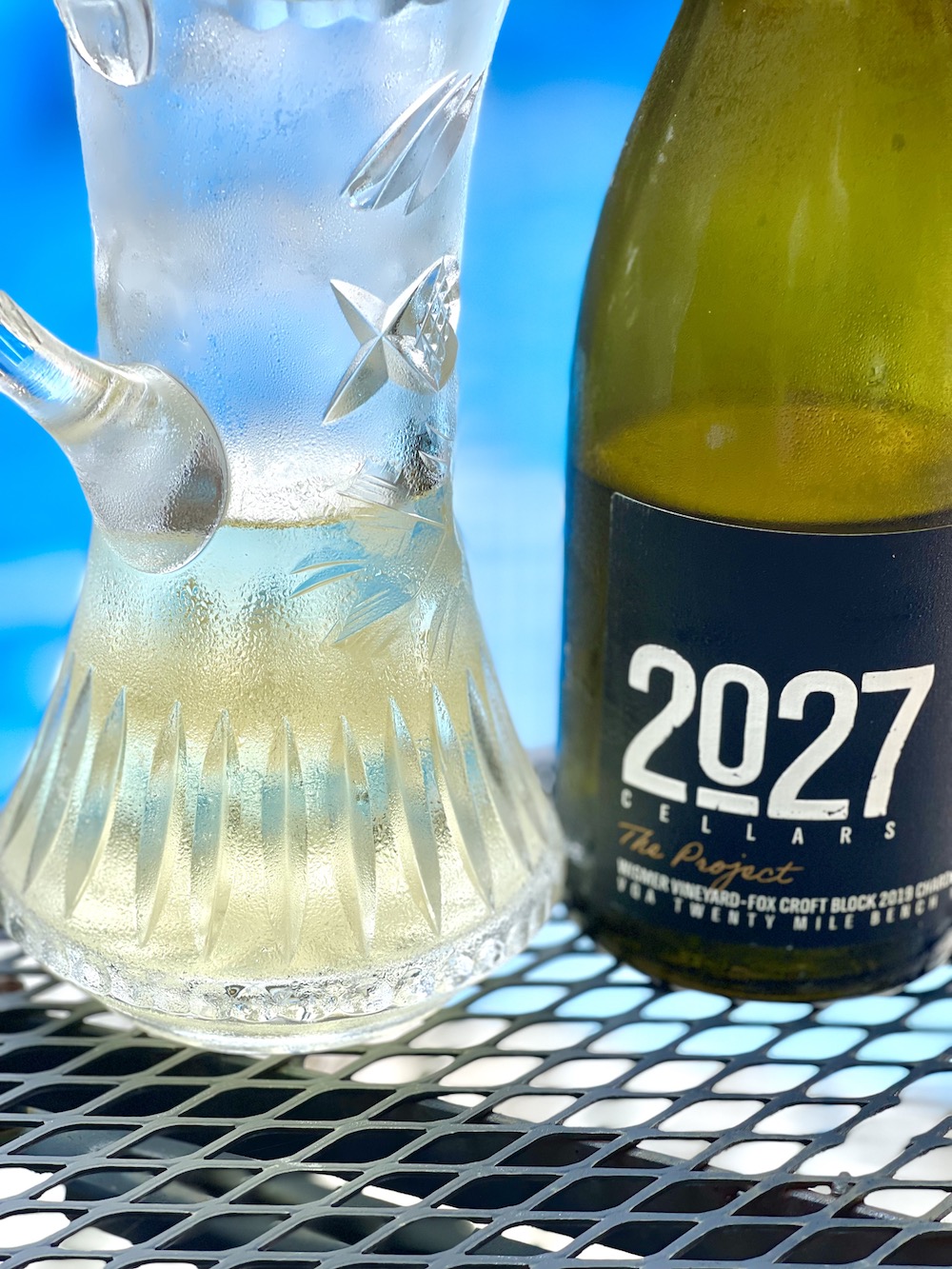

Rod, above, is correct, what an astonishing Chardonnay, perhaps the best Panagapka has made, and that’s saying a lot. Such a beautiful nose of fresh pear, a vein of saline minerality, lemon blossom, savoury notes, yet pretty and perfumed, with touches of apple and citrus and fine oak spice notes. And that “just right reductive note,” inserted Rod. It gets even better on the palate with dense pear/apple/quince fruits, layers of wet stones and fresh salinity, some almond nuttiness, an interesting subtle reductive note, elegant spices, electric acidity and showing great poise, finesse and balance with a finish that echoes for minutes. This is a special Chardonnay and one that will pay big dividends in your cellar for five+ years. I will not assign a score to this wine, for obvious reasons due to this website’s involvement, but I just love the whole idea and concept of stepping out of your comfort zone to try something completely different and succeeding. Plus, bringing along the future of the wine industry to help launch a new product? Pricelss.
How to get it
2027 Cellars Wismer Vineyard: Fox Croft Block ‘The Project’ Chardonnay 2019 is available now, sells for $48 a bottle and can be purchased online here. There are only 40 cases available.


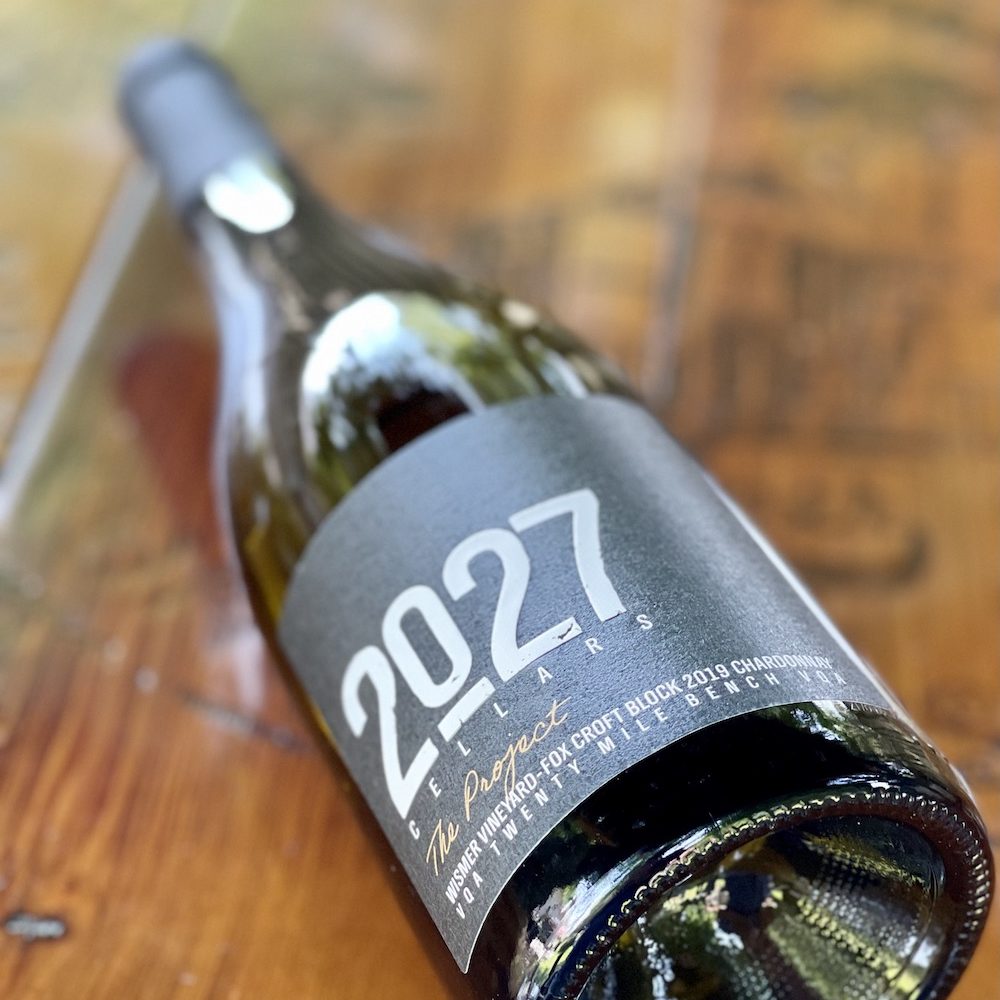




Comment here